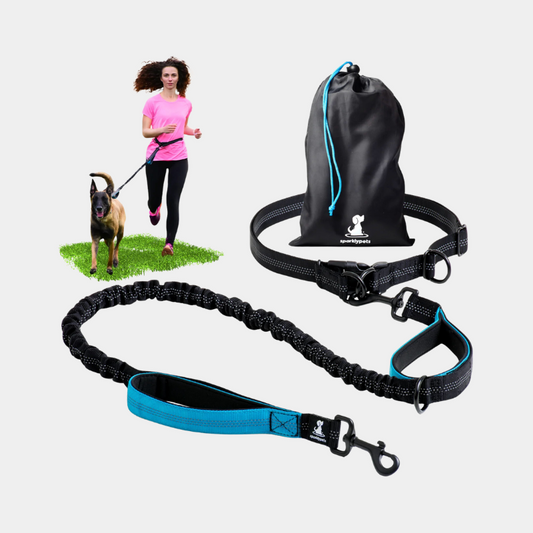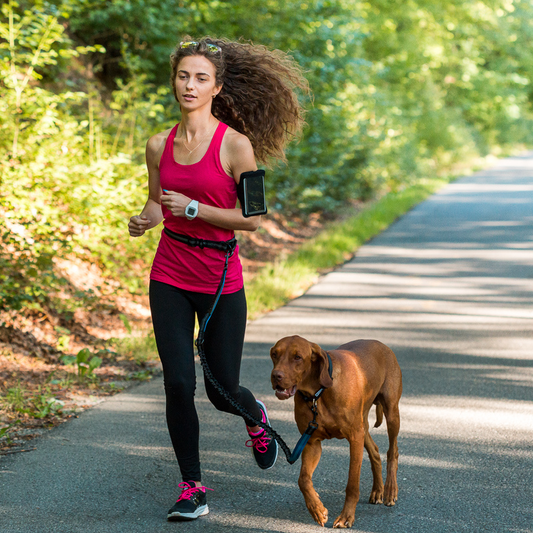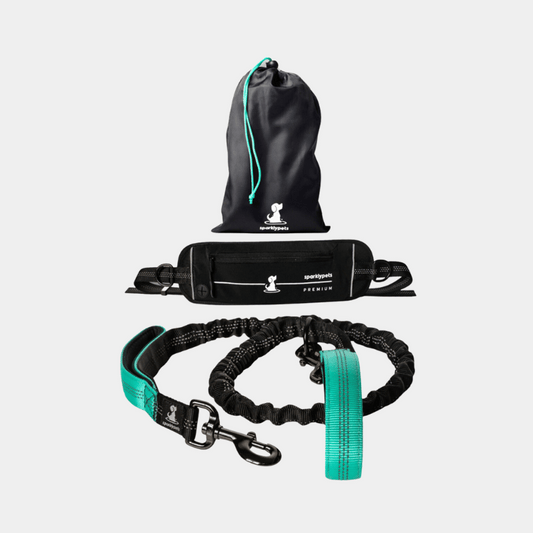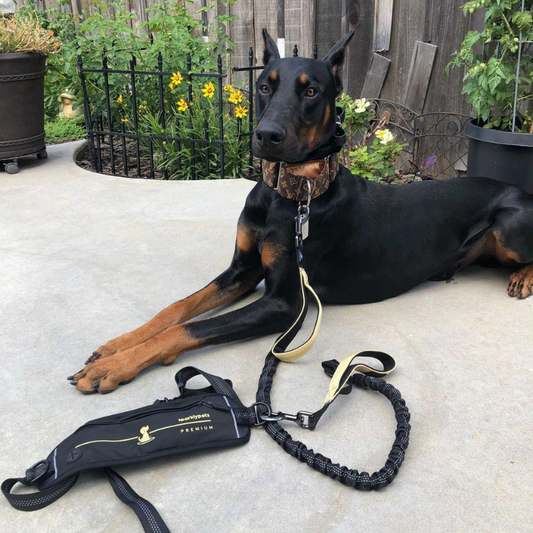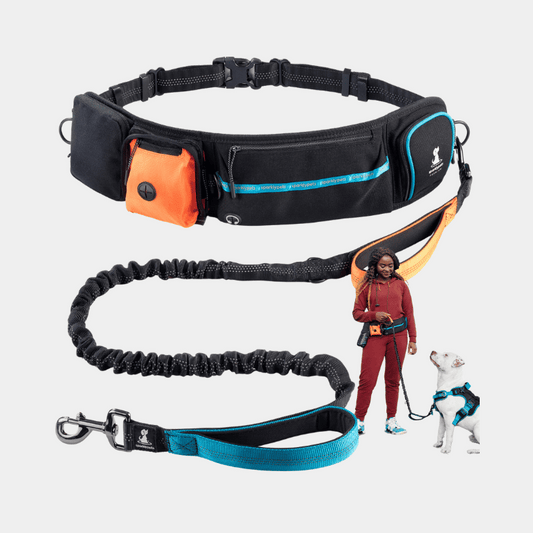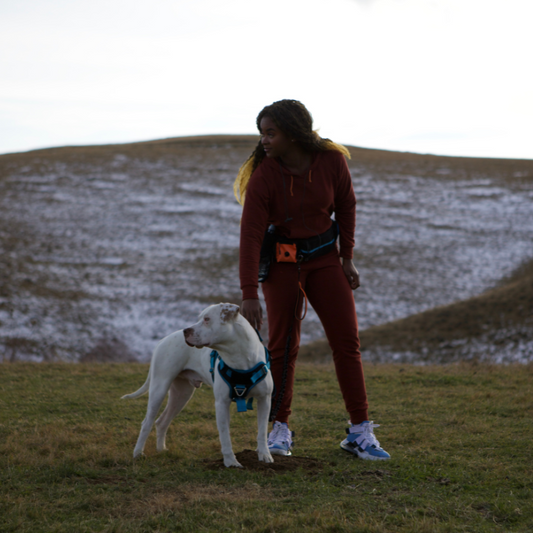We’ve already talked about the types of obstacles you can find on a dog agility course, so let’s take this conversation further, and let’s try to build our very first dog agility course. This will help with training your dog to face the jury in a real competition. It will also help strengthen the bond between owner and dog since you’ll have to work together. Last but not least, it will offer a bit more mental stimulation to your dog, which is very important when it comes to your dog’s overall health.
Before you start picking out obstacles for your backyard, there are a few things you should take into consideration when it comes to setting up your course. Let’s talk about them in more detail below:
Keep in mind your dog’s abilities
While it’s important to keep the course entertaining and challenging for your dog, it’s also important to make it achievable. The breed of dog you own will influence the height or size of your obstacles. It’s needless to say that a Corgi won’t be able to jump through the same hoops as a Great Dane, and this is exactly the type of evaluation you need to keep in mind when picking obstacles for your dog.
With this in mind, make sure you pick out (or build, depending on your budget and preference) obstacles that are correctly sized for your dog’s height and weight. To put it simply, the dog needs to be able to fit through the hoop in the tire jump obstacle, but you’ll also need to adjust the height of the hoop according to your dog’s height.
Everyone has limitations
Keeping in line with what we’ve mentioned already in our previous point, keep in mind that everyone has limitations. There are certain obstacles that your dog might not be able to perform either due to breed-related reasons, while others might be medical - if your dog has any health issues, like sore joints or a bad back, some exercises will be difficult or even impossible to achieve.
While competitivity is encouraged, especially in this type of activity, make sure your dog’s health and needs always come first. This way, you can make sure that, when practicing, you’re not pushing too hard for your dog to get a specific exercise right, as it just might not be able to happen.

Experiment with different layouts
No two agility courses will be layed out in the same way, so feel free to experiment with the ways you lay everything out in your back yard. One thing you should keep in mind, though is that you need to make sure you have various types of dog agility obstacles. Make sure to add some variety by using some contact obstacles, as well as tire jumps, see-saws, tunnels and weaving poles.
Avoid any distractions
Whenever you’re practicing dog agility and you’re setting up your course, make sure to remove any distractions front he area, so that your dog can truly focus on the task at hand. This will benefit both his mental and physical health, so you need to remove anything that resembles food or toys. Only keep the reward treats at hand (but not in plain sight where your dog could reach them).
Allow your dog to explore
If this is the first time your dog is seeing the course, let him go and explore it for a second. He’ll be curious to see what these new things are all about so give him some time to discover them and become interested in them. Then, you’re able to slowly introduce him to each obstacle in particular and teach him how to navigate it. You can also start by hiding some treats through the obstacles, if you see that your dog doesn’t show any interest in the course at the beginning. Hiding treats is a good way to send your dog on a scavenger hunt and a discovery journey across the back yard. He’ll be able to take a first jab at the obstacles and also enjoy some yummy treats in the process. This will also help you determine if any obstacles are too easy or too hard for your dog to complete.
And that’s all there is to it. Just keep in mind to check the obstacles to make sure they are safe, keep your dog curious and make sure you adapt your obstacles to your dog’s efforts. Having an obstacle that’s too easy will not be stimulating enough, while having one that’s too difficult, or impossible for that matter, will be discouraging to your dog.
Also, you should keep in mind that getting your dog to go through the course uninterrupted will take a few tries. Don’t lose hope, focus and patience over it.


